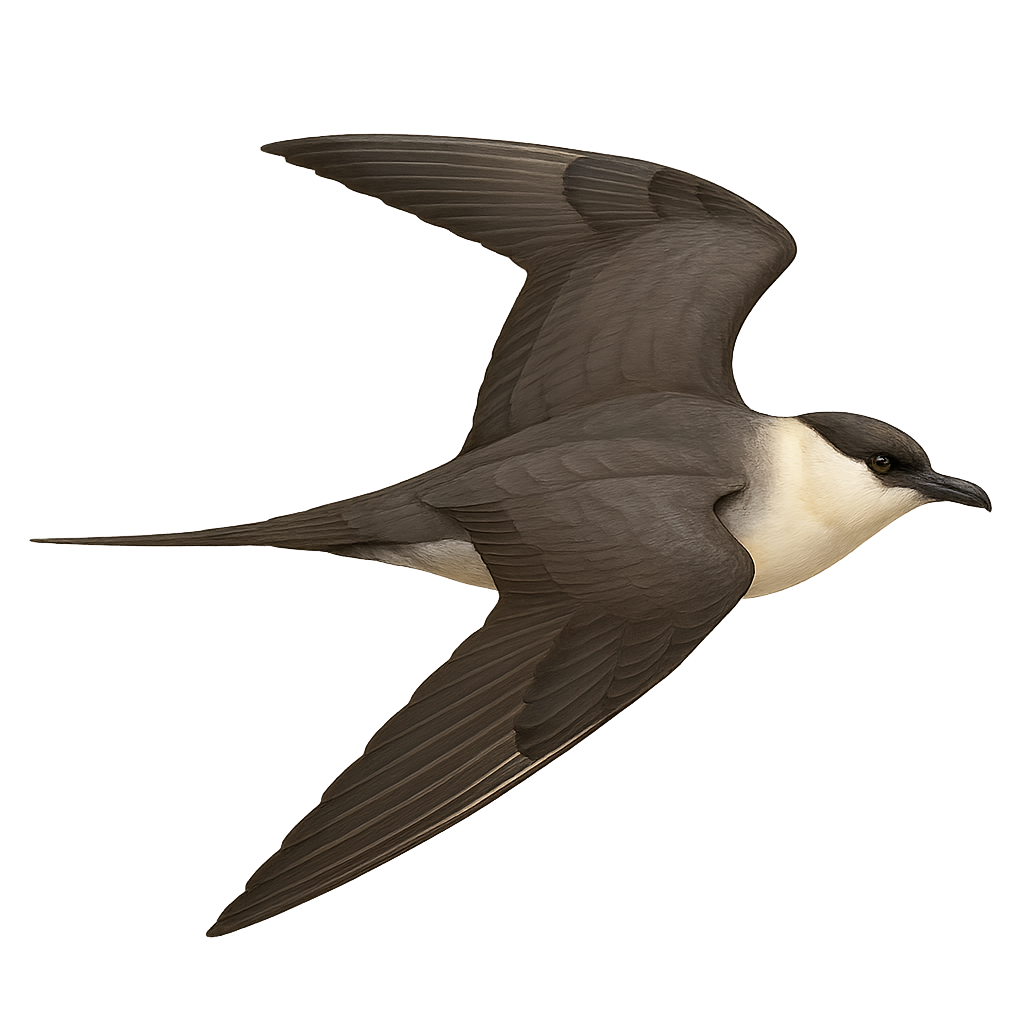Your wildlife photography guide.
Explore the long-tailed jaeger in detail, study its behavior, prepare your shots.
Where to observe and photograph the long-tailed jaeger in the wild
Learn where and when to spot the long-tailed jaeger in the wild, how to identify the species based on distinctive features, and what natural environments it inhabits. The WildlifePhotographer app offers tailored photography tips that reflect the long-tailed jaeger’s behavior, helping you capture better wildlife images. Explore the full species profile for key information including description, habitat, active periods, and approach techniques.
Long-tailed Jaeger
Scientific name: Stercorarius longicaudus

IUCN Status: Least Concern
Family: STERCORARIIDAE
Group: Birds
Sensitivity to human approach: Suspicious
Minimum approach distance: 20 m
Courtship display: May to June
Incubation: 23-25 jours
Hatchings: June to July
Habitat:
Coastal areas, Arctic tundra, open seas
Activity period :
Primarily active during the day, with peak activity in the morning and late afternoon.
Identification and description:
The Long-tailed Jaeger is an elegant and agile seabird, known for its distinctive long tail and slender wings. It is the smallest of the jaegers, measuring about 50 cm in length with a wingspan of 100 to 110 cm. Its plumage varies with the season, turning from dark brown in winter to lighter gray in summer, with white shades on the belly. This jaeger is a remarkable migrator, traveling long distances between its breeding grounds in the Arctic and its wintering areas in the southern hemisphere. It primarily feeds on fish and marine invertebrates but does not hesitate to harass other birds to steal their food.
Recommended lens:
400mm – adjust based on distance, desired framing (portrait or habitat), and approach conditions.
Photography tips:
To photograph the Long-tailed Jaeger, it's advisable to use a telephoto lens of at least 400mm to capture detailed images without disturbing the bird. Look for coastal areas or open seas where they are often seen in flight. Be patient and wait for them to come closer, especially when they are harassing other birds. Morning or afternoon light can provide ideal lighting to highlight their distinctive plumage. Ensure you respect the safety distance to avoid disturbing them.
The WildlifePhotographer App is coming soon!
Be the first to explore the best nature spots, track rutting seasons, log your observations, and observe more wildlife.
Already 1 432 wildlife lovers subscribed worldwide

